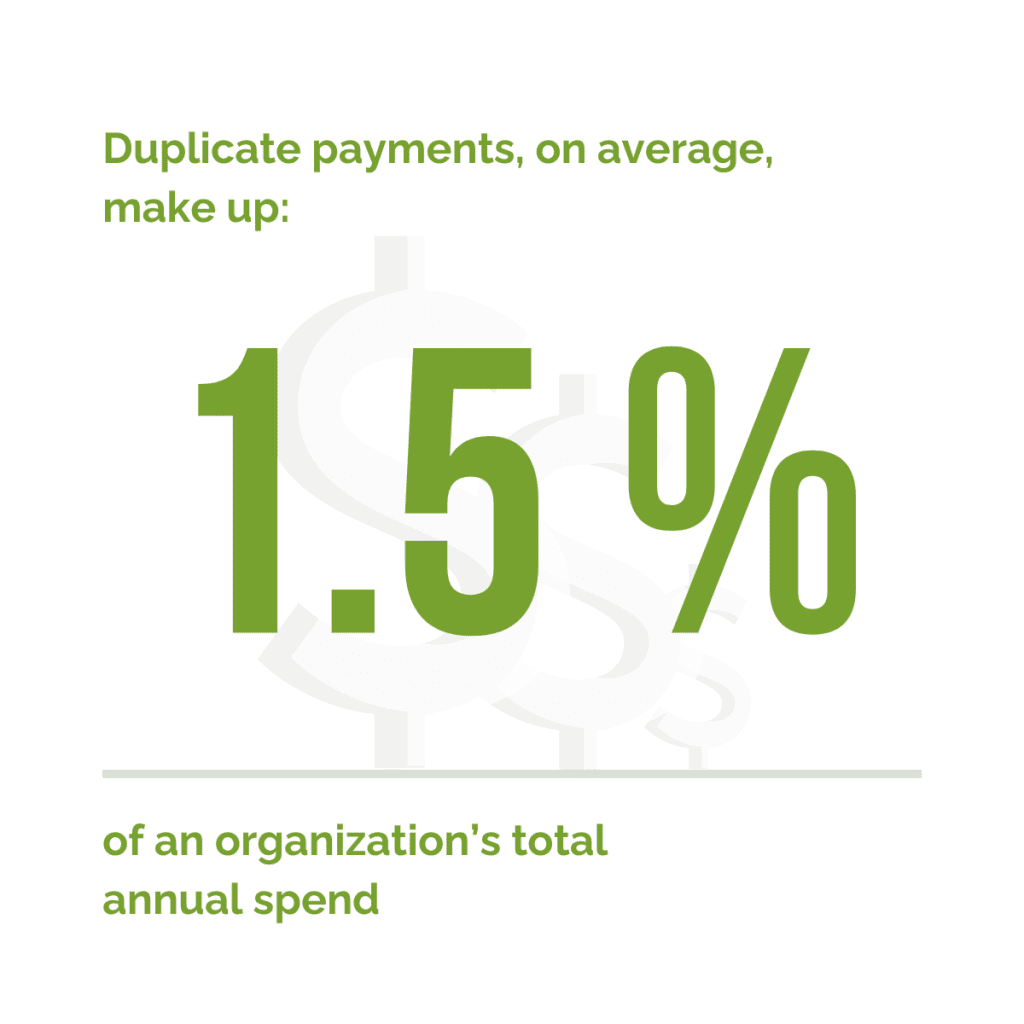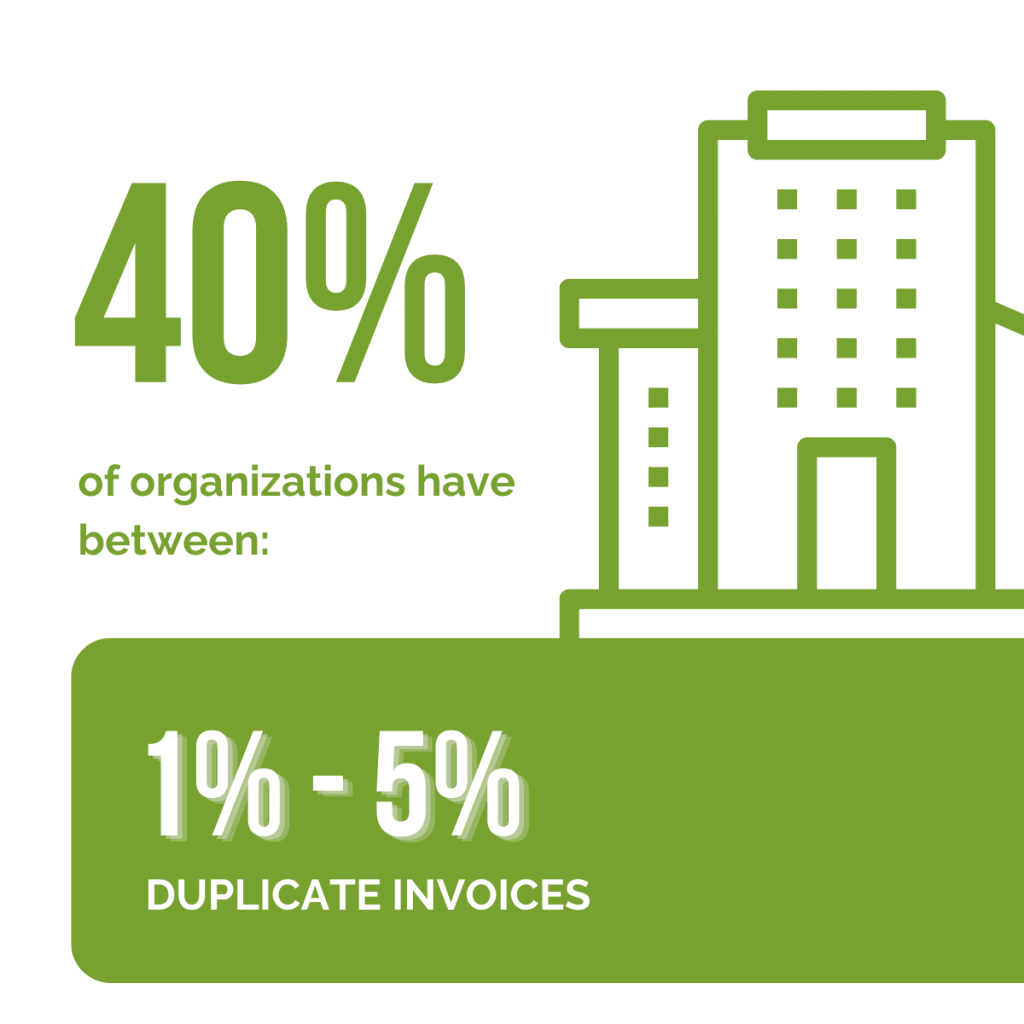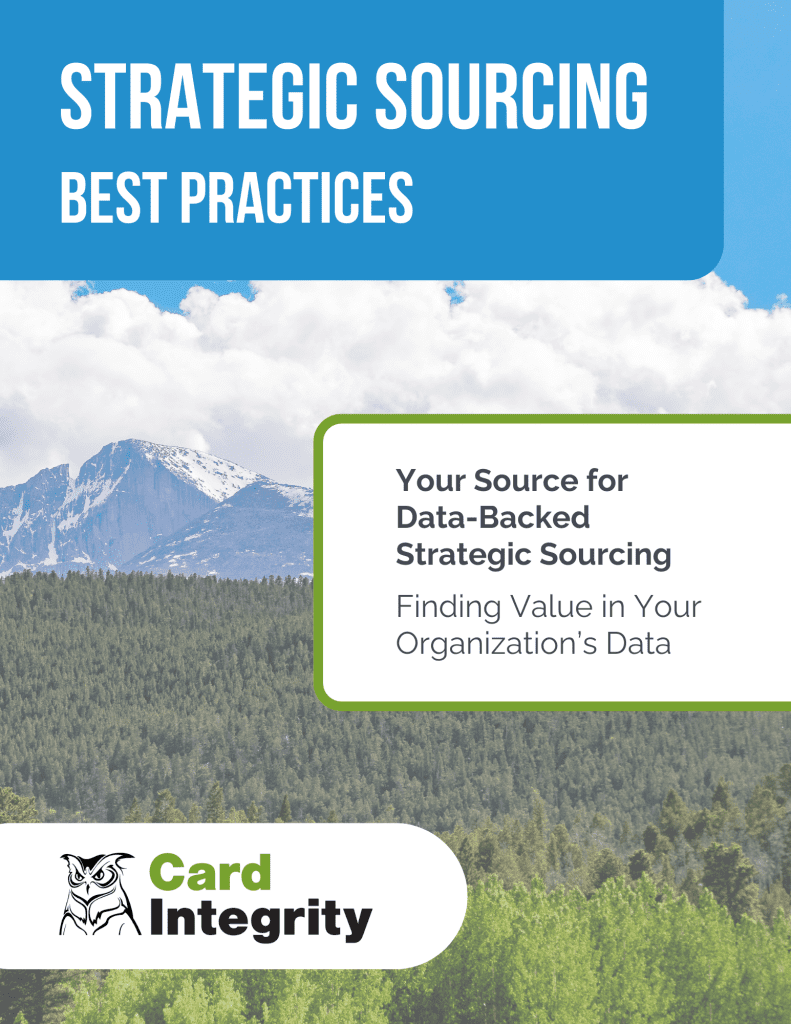One of the most important aspects of putting together a strategic sourcing plan at your organization is risk management, and proper identification of risk. While taking risk is a necessity in business, it’s important to eliminate needless risk factors that do not open any new opportunities for the organization. A solid strategic sourcing plan should keep these risk factors in mind during the planning phase.
Strategic sourcing is by definition a more risk-averse sourcing strategy. It is the process of looking at the goods and services your organization needs to run most effectively, and optimizing the entire process with long-term goals in mind. On the other hand, tactical or operational sourcing is short-term, transactional, and more concerned “with the here and now”. When you’re sourcing based on price, delivery time, availability, and not much else, you’re engaging in tactical sourcing. With tactical sourcing, you introduce risks in exchange for speed: essentially, you are giving up the ability to negotiate for the best price and opening yourself to problems if availability proves to be fickle. You can learn more about the differences between tactical and strategic sourcing here.
Taking the First Steps
You are likely familiar with the “Seven Steps of Strategic Sourcing”. This seven-step process was originally defined by A.T. Kearny in 2001 and, over the past few decades, has become standard process in the procurement industry. The seven steps are:
- Profiling the Category
- Understanding the Supply Market
- Developing a Sourcing Strategy
- Select Sourcing Process
- Negotiation and Selection of Supplier
- Implementation and Integration
- Benchmarking Processes
The first two steps in particular focus on risk management.
Profiling the Category and Understanding the Supply Market
The old adage that “the first step is often the hardest” may apply here. If not the hardest, perhaps the most involved. But it’s crucial to implement a solid foundation. This is the stage to do research and gather info on potential suppliers, your customers, and clearly define your sourcing category. More visibility into your spend is vital. You need to identify:
- Who the end users are, and the logistics of getting product to them
- How much you’re buying
- A demand forecast
- Categorized business spend (by product, by department, by supplier)
From this information, you can start crafting a needs analysis. You’ll know that you are ready to move on to the next step when you have a full understanding of your category, and the information is properly categorized and validated. You’ll need to have a thorough grasp of your organization’s usage patterns.
The next step is market research. This is the time to identify opportunities and risks. Look into the cost drivers that make up your products or services, such as:
- Price of raw materials
- Transportation
- Labor
Once risks and opportunities are identified, developing a sourcing strategy is the next step. Ensuring that your internal controls are strong and you have a secure handle on the full breadth of your spend data is crucial.
Supply Risk Management
Strategic sourcing helps your organization to manage common supply risks. By improving your sourcing strategy, you get a better handle on spend data, better preparing you to combat supply risks like duplicate payments. Duplicate payments happen most often due to innocent clerical error, but employee or vendor fraud is unfortunately common. According to the American Productivity and Quality Center, duplicate payments make up an average of 1.5% of an organization’s annual spend. Additionally, 40% of organizations have between 1-5% duplicate invoices, according to the Institute of Finance & Management.
Other common issues that plague organizations, like rogue or maverick spend (non-preferred supplier spend), losing out on hidden rebates, and general fraud/embezzlement, can also be combatted with a more robust plan of attack for sourcing and general procurement.
Getting More Strategic About Sourcing: Strategic Sourcing eGuide
To learn more about how to tackle the challenges of strategic sourcing, download our free eGuide, Strategic Sourcing: Best Practices. This eGuide is jam-packed with solutions to common challenges, like getting solid proof-of-concept, supplier relationship management, managing supply risks, and more.






